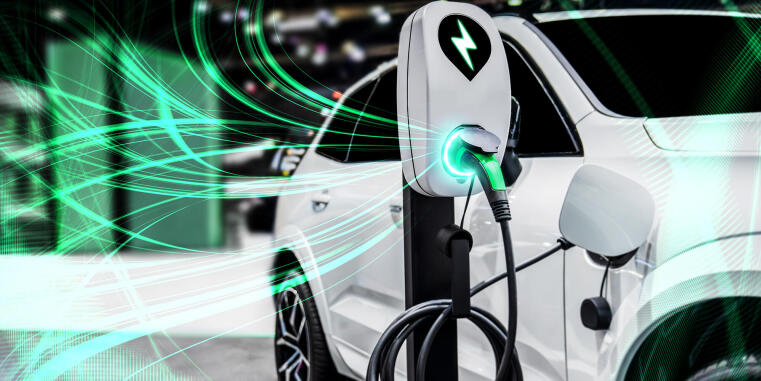Innovative Method for Improved Fast Charging Procedures Developed
The fast-charging capability of lithium-ion battery cells is one of the hot topics, especially in the context of electromobility. A scientific team from MEET Battery Research Center of the University of Münster has therefore developed a new method to determine how fast the cells can be charged without losing capability. In contrast to previous methods, which use model cells, the newly developed operando overvoltage analysis enables direct examination of the relevant cells.

Improve Ageing of Battery Cells
The charging current limit is measured over the entire charging range. "The aim is to develop fast charging procedures without lithium plating," says MEET scientist Dr Philip Niehoff. In this process, metallic lithium forms on the surface of the anode during battery charging and is deposited there. This affects the safety and service life of the cells. "The measurement results can be used to specifically control the occurrence of lithium plating," says Niehoff. In fast charging procedures without lithium plating, the charging rate could be increased by 84 percent and 79 percent for two different cell systems, respectively.
The new method also provides information about ageing mechanisms within the cell. If it ages, it becomes inhomogeneous due to temperature and pressure changes. This reduces the fast-charging capability. MEET scientist Patrick Münster explains: "A good understanding of the effects of inhomogeneities and our methodology for determining charging rates can significantly improve cell ageing in the future."
Detailed Results Open Access
MEET researchers Patrick Münster, Dr Philip Niehoff and Prof. Dr Martin Winter have published the entire study as an open access article in the "Journal of The Electrochemical Society".

